September 18 is Park[ing] Day, a day when metered car parking spaces are transformed and reclaimed for other purposes. This annual event was first held in the USA in 2005, but has now grown to include Park[ing] Day events in cities around the world. In looking at the innovation and creativity that accompanies these and other parklet and pop-up park transformations, I am struck once again by the potential they offer as a massive experiment on a global scale. What do these temporary installations reveal about the social-ecological nature of cities?
Designed experiments are a relatively new approach to science and design that embeds a scientific experiment into a physical real-world design project. Landscape Architects and other practitioners collaborate with ecologists and other researchers in the development, establishment, and monitoring of the design project. Designed experiments offer scientists an opportunity to place scientifically rigorous studies into areas of the urban landscape where access would otherwise be problematic, and they offer practitioners an opportunity to improve their practice through assessing the performance of their built projecst. The process is iterative and, when done well, can deliver useful and relevant information to all of the parties involved.
Globally, there is increasing recognition of the importance of greenspaces and biodiversity to the ecosystem services that cities can provide. This has been accompanied by a strong and growing call for an effective evidence-base that will contribute to improved outcomes for people and nature. By incorporating designed experiments into our current investment in pop-up parks and other mobile and temporary greenspace interventions, there is an enormous potential to address some of these critical knowledge gaps. The remainder of this essay will explore this idea in more detail.
Mobile Biodiversity Boxes as experimental building blocks for cities
Parklets, pop-up parks, and other temporary greenspaces can take many forms. I am going to propose one form of temporary greenspace and then demonstrate how it can be used to address a raft of social and ecological research questions using a designed experiment approach. For simplicity, I am going to call my mobile greenspace element a “Biodiversity Box”.
What is a Biodiversity Box?
The best way to envision a Biodiversity Box is to imagine a giant piece of Lego turned upside-down, filled with soil (and perhaps a wicking bed), and planted to create an established garden that can be easily moved around a site and/or around the city.
Biodiversity Boxes as mobile experiments
Depending on your interest, the established garden could consist of a fruit tree, grassy meadow, sensory garden, vegetables and herbs, different forms of trees, shrubs and groundcovers, or it could represent a locally indigenous plant community. In reality, the Lego could be replaced with a wooden crate, a bathtub, a suitcase, weatherproof bags, or anything else that may be available or takes your fancy. The ideas I present related to designed experiments using Biodiversity Boxes can also be applied to more permanent features such as water sensitive urban design installations, although there will be some limitations in the scope of the questions that can be addressed using these established features, as they cannot be moved around a site.
The important thing is that we can take these Biodiversity Boxes and use them to find out more about cities as social-ecological systems and how we can build cities and towns with better outcomes for people and nature.
Opportunities for designed experiments using Biodiversity Boxes
Designed experiments can be used to inform research on both social and ecological aspects of greenspace. The ideas I present are illustrative rather than exhaustive, and I would be delighted to hear about other ideas and examples of projects in the comments section at the end of this essay.
Experimenting with design elements and sense of place
The recent diagnosis of nature-deficit disorder, our increasing connection with virtual worlds, and the implications for human health and wellbeing signal the urgent need to create greenspaces that inspire and motivate people to reconnect with nature. Design has a very important role to play in creating a sense of place and cultivating a meaningful connection between people and their environments. The styles and solutions that work in one context, such as a large park, may not work well in another situation, such as a small plaza.
There are also differences in the needs and wants of people living in different parts of the city which may be tied in with environmental justice, historical legacies, or trends associated with different development or planning approaches. In many cities, the impact of the public on the decisions that affect them is increasingly moving from education and consultation to collaboration and empowerment when it comes to addressing these issues.
In all of these cases, Biodiversity Boxes have the capacity to contribute to decision-making through designed experiments that allow the public to help identify the solution that would work best for their given situation. Biodiversity Boxes offer an opportunity for the public to participate in place-making activities by providing them with the resources that would allow them to configure a temporary space to suit their needs. Imagine an empty parking lot with Biodiversity Boxes on wheels or a track that allows them be moved to different locations in response to traffic, shade, or other local factors. Then add in mobile picnic tables, benches, sports equipment and other amenities, as well as chalk for adding new elements to the space. Wouldn’t it be fascinating to see the interplay between the configuration of these elements, the activities that are undertaken, and the perceptions people then have of that site? Now move these mobile elements from the empty parking lot into other spaces across the city and you suddenly have the tools to redesign your city in the real world! This is where the creativity and the flexibility come into play, the innovation and place-based solutions start to unfurl, and the idea of pop-up parks revealing the nature of cities really comes to life.
Experimenting with planting and management options in different contexts
The local extinction of indigenous biodiversity from urban areas and the prevalence of greenspace designs that rely heavily on supplemental additions of water, nutrients, and other resources into our urban landscapes all point to a need for revisiting human experiences of, and expectations for, greenspace in cities. Biodiversity Boxes offer an opportunity to explore how planting palettes and vegetation management options might impact people and nature in urban environments.
Vegetation structure, leaf litter, fallen branches, rocks, and bare soil are all habitat elements that influence which animals and other organisms are present in a landscape. For example, solitary native bees in south eastern Australia require a combination of bare soil for nesting and plants from the Myrtaceae family, which bear their nectar in open, shallow cups. The importance of different elements is also dependent on the landscape context within which they occur. Small, insectivorous woodland birds may be absent from areas where they can forage effectively and retreat from potential predators.
People also respond to these same habitat elements, as evidenced by the large field of studies investigating landscape preference in terms of aesthetics, recreational activity, perceptions of safety, and other cultural ecosystem services. Biodiversity Boxes offer an opportunity to explore these relationships in real-time in the real world.
By retrofitting habitat elements into existing parks and other areas within cities, Biodiversity Boxes allow us to experiment with the optimal sizes and shapes of habitat required for specific social and ecological outcomes. The mobile nature of the Biodiversity Boxes also means that the experiment can commence immediately and can be modified over time, offering the advantage of quicker, cheaper, and more flexible experiments when compared with in situ plantings.
By experimenting with planting and management options, we have the opportunity to develop more ecologically informed management and design outcomes that are also preferred or desired by people. The F3UES Experimental Meadows is an excellent example of an experimental approach to design that could easily be applied using a Biodiversity Box approach.
Sampling local biodiversity
Biodiversity Boxes also offer an opportunity to explore the relationship between urban habitats and biodiversity itself. One of the most basic questions we can ask using our Biodiversity Box is: which animals and micro-organisms are present in this landscape and visiting this Biodiversity Box?
This question can be addressed by incorporating passive ecological sampling techniques into the design of the Biodiversity Box. Track traps can be used to sample terrestrial mammals and reptiles; hair snares can be used to sample small mammals; pitfall traps, pan traps and sticky traps can be used to sample invertebrates; and settle plates, sterile filter paper or other techniques can be used to sample fungi and micro-organisms. Camera traps and other audio visual recording devices offer additional options for passive ecological sampling.
More active survey techniques can also be used, such as field observations conducted by researchers or citizen scientists.
To be confident about which new organisms are visiting the Biodiversity Box, compared with those which are already in the landscape, a modified version of the Before–After Control–Impact experimental approach can be used. This would involve sampling the location where a Biodiversity Box will be installed (Impact site) and a similar location nearby (Control site). Sampling would be conducted for a period of time before the Biodiversity Box was moved to the site in order to establish a baseline, continue during the time the Biodiversity Box was present in the landscape, and for a period after the Biodiversity Box has been removed. This Before-During-After Control-Impact (BDACI) approach allows the effect of the Biodiversity Box to be disentangled from the baseline levels of biodiversity in the area (comparing Before and After data with data collected During) and any possible trends in change over time (comparing Control site data with Impact site data). While scientific rigour would require a large number of sites to be sampled in this way, it still may be worthwhile to consider collecting this information for a single installation, as there is the potential for data to accumulate over time and between organisations, where individual pieces of data would begin to make an important contribution to a larger whole. While many of the designed experiments I discuss could benefit from this BDACI approach, there will be some situations where the emphasis is on the effect of the Biodiversity Box while it is at a site and the additional sampling is unnecessary.
Sampling local ecosystem processes
Ecosystem processes such as nutrient cycling, water and pollution filtration, and the life cycle of organisms underlie the provision of many Ecosystem Services, particularly regulating and supporting services. Quantifying the inputs, outputs, and transformations of nutrients, water, energy, pollution, etc. in different locations across the city will reveal insights into how ecosystem processes are modified by urban environmental conditions.
In much the same way that the Hubbard Brook Sandbox Studies have contributed to a more detailed understanding of forest ecosystem processes, Biodiversity Boxes offer an opportunity to quantify ecosystem processes in urban environments. To be confident in the data collected for this type of designed experiment, it is essential that the nutrient levels (or other response variables) in the Biodiversity Boxes are standardised and accurately quantified prior to placing the boxes in landscape.
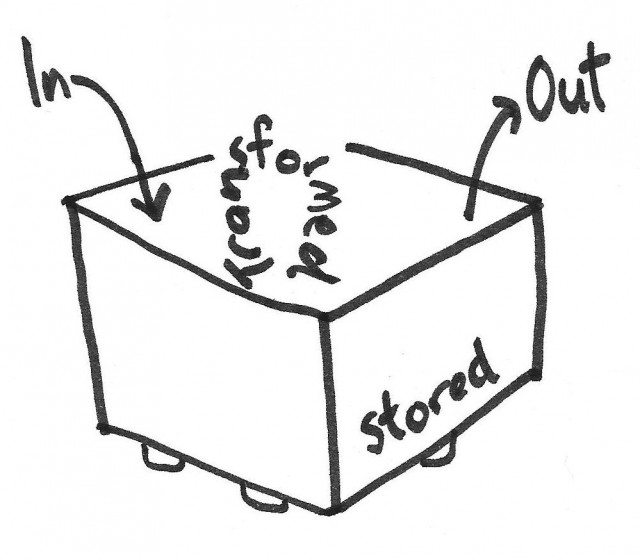
Studying ecological relationships and dynamics in urban systems
Understanding the role of biodiversity, functional diversity, and ecosystem dynamics is one of the key questions in ecology, design, and ecosystem services. Biodiversity Boxes offer an opportunity to set up a designed experiment that can shed light onto these questions, in much the same way that the Grassland Diversity-Stability Experiment, conducted at Cedar Creek Ecosystem Science Reserve in Minnesota, USA, revealed important relationships between the diversity of plant species and the stability of grassland plant communities. Detailed understanding of these relationships is critical if we wish to create urban ecosystems that are sustainable and resilient, as it will allow us to develop planting designs that will be effective in responding to future changes in the environment.
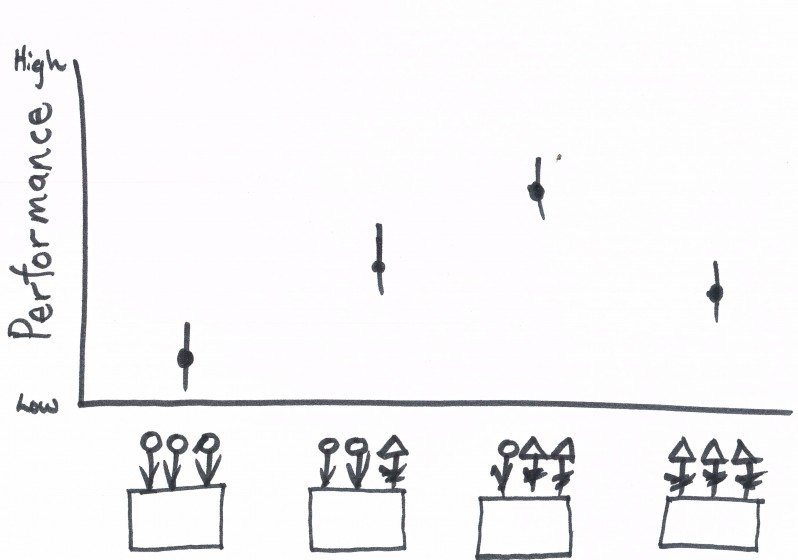
Urban island biogeography
The extent and configuration of vegetation within a landscape can have a significant influence on the movement and persistence of plants and animals. According to Island Biogeography theory, smaller or more isolated patches will have lower biodiversity than larger patches or patches that are closer together. Landscape Ecology research expands on this theory, and proposed that the shape of patches and their degree of connectivity are also important influences on biodiversity. However, the theories of Island Biogeography and Landscape Ecology were largely developed in non-urban landscapes and there are questions around how these principles translate to the build environment. Using the same designed experiment approach that was employed to investigate configuration and placement at the site level (see Experimenting with planting and management options in different contexts), Biodiversity Boxes can also be used to investigate equivalent questions at the landscape scale. Biodiversity Boxes offer an opportunity to add to our understanding of Urban Landscape Ecology and the Island Biogeography of the Anthropocene by understanding species-area relationships, species-isolation relationships, and colonisation dynamics in urban landscapes. This information will be critical in helping us to make decisions about where to place vegetation for the most effective urban acupuncture, as well as giving us a better evidence-base on which to evaluate whether biodiversity interventions have been “successful” by providing a more realistic understanding of “success” in different landscapes.
Revealing and rebuilding the nature of cities
Just like Legos can be used to build and re-build many different things, Biodiversity Boxes have the potential to be the building blocks that provide us with a stronger foundation for more sustainable and resilient cities in the future.
I am positive that some of you who read this will know of examples where pop up parks or other temporary or mobile greenspaces are already being used as designed experiments. Please feel free to share your stories and knowledge by leaving a comment here. It would be wonderful to hear about these projects and they may even provide inspiration for future designed experiments in other locations.
Disclaimer: Human and/or Animal Ethics approval may be required for some of the designed experiments discussed in this article. As application processes vary, it would be worthwhile checking out any responsibilities or obligations that may apply prior to setting up a potential experiment.
Amy Hahs
Melbourne

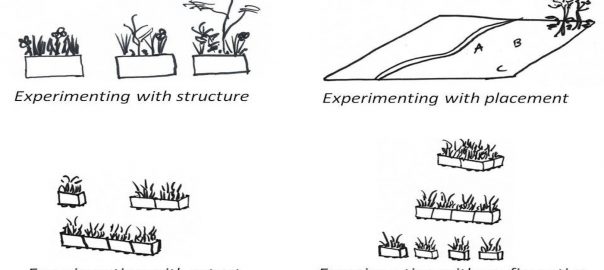


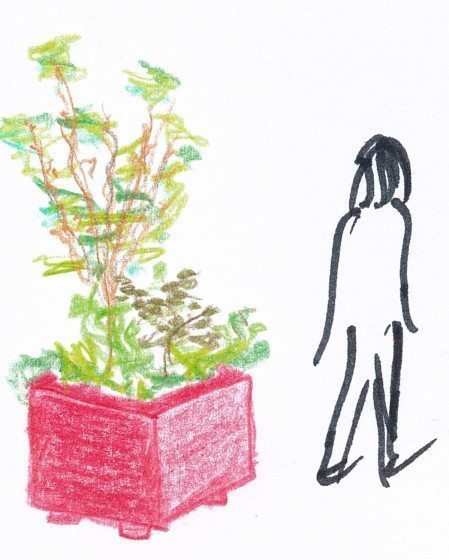
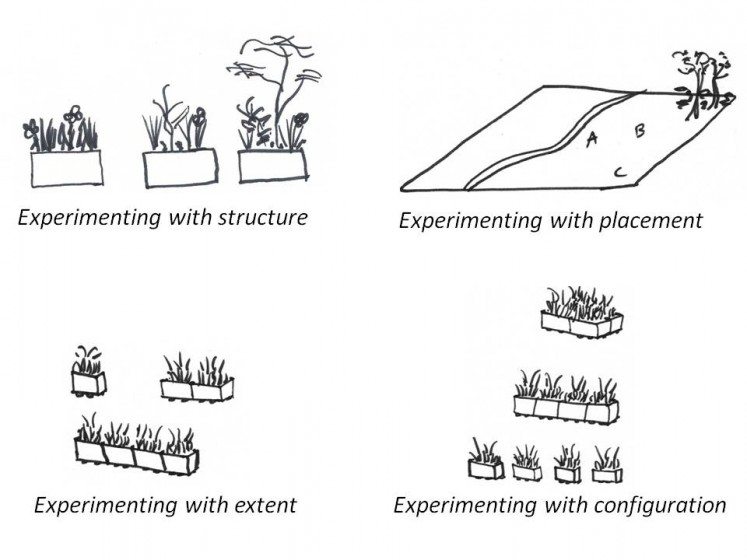




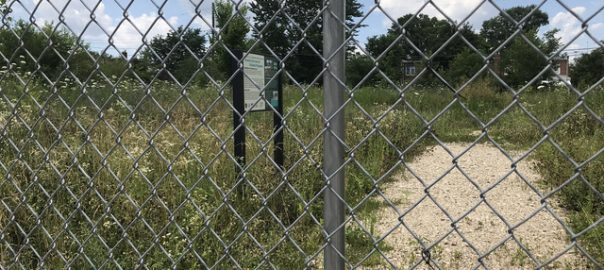
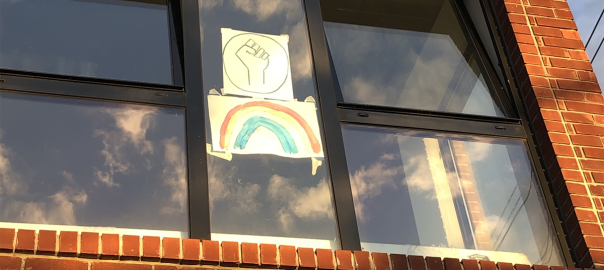
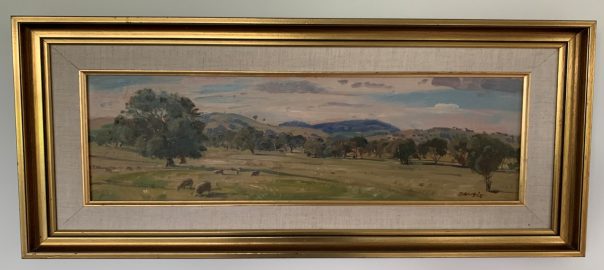
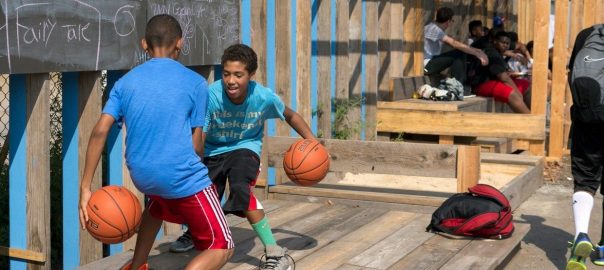
Happy PARK[ing] Day!
Have fun, PARK[ers]. I look forward to seeing some innovative civic ecology in action!
Hi Kate,
Thanks for your post and for identifying yet another possible role for biodiversity boxes in helping us build better cities and towns.
best wishes,
Amy
Hi Joy,
Thanks for your post. The project you described sounds like it covers a really interesting collection of disciplines. If the project does proceed I’d love to hear about the outcomes!
Best wishes,
Amy
Thank you, David and Amy.
Karen
I would love to see these boxes used in support of retaining green spaces in Cambridge, England. Huge, huge planning going ahead on connecting homes and places of work, possibly across green spaces.
Fascinating article. I teach Conservation Psychology, and am very interested in engaging my students and researchers with planners around designing for contact with nature. I’ve sent along a link to your site to a doctoral student who is interested in landscape design, specifically urban parks. She is taking a required foundation course in ecology, and we are thinking she might design her semester project around a mini-experiment of this sort….
Hi Karen,
Thanks for clarifying that point (and thanks David for correcting the text). I am delighted that the ideas I presented in the rest of the essay were of interest to ASLA.
Best wishes,
Amy
Done. Thanks for pointing it out.
Hi Amy,
We at ASLA are very happy to read your thoughtful post about Park(ing) Day.
Just wanted to clarify that ASLA is simply participating in this event, but does not officially own it. Is it possible for you to correct the opening of this post?
Thank you.
Best,
Karen Grajales
Public Relations Manager
American Society of Landscape Architects
[email protected]